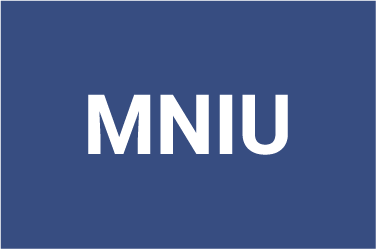Company Profile
The University of St. Thomas is a comprehensive, Catholic, urban university located in St. Paul, Minn., with campuses in downtown Minneapolis, Minn., and Rome, Italy, and satellite campuses throughout the state. The University of St. Thomas has more than 11,000 students, with approximately 60% enrolled in undergraduate programs. The University of St. Thomas aims to educate students to be morally responsible leaders who think critically, act wisely, and work skillfully to advance the common good.
Business Needs
The university needed to replace their existing monitoring solution so they could find the best way to present, trend, and alert on the services delivered to the greater campus. Ideally, the university wanted to find a customizable, centralized monitoring and alerting product that would be easy for their Linux team to implement on a tight budget. With more than 400 servers and 300+ network switches and devices, the University of St. Thomas needed a product that could offer situational awareness to help increase their operational intelligence.
Ultimately, they needed to know what was going on in their network so they could proactively solve problems as they occurred rather than reacting to user complaints.
“The ease of administration and great price drove us to Nagios. Paying a little for XI was well worth it; it has paid for itself time and time again in saved time and better service delivery.”
– Jason Moldan, System Administrator for the University of St. Thomas
The Challenge
In the past, St. Thomas struggled with too many vendor-specific solutions. These solutions did a great job of managing and monitoring specific devices, but the management overhead and technical expertise needed to manage them were impossible to sustain with the university’s small team.
Additionally, different administrators had different mechanisms in place to monitor systems and services. They had servers built for very specific applications, and all of them required flexible and unique monitoring solutions. It’s not an easy thing to do with a bunch of specialized vendor solutions.
Why Nagios?
When they began using Nagios XI, St. Thomas gained insight into their services at a high level, helping them correlate trends with a holistic view. This insight empowered the university to detect current and potential issues and anomalies and to quickly respond to and resolve service outages. Nagios provided data points that offered more information about their network than had been available before from one easy-to-use source.
“Nagios helped us increase our monitoring agility,” said University of St. Thomas System Administrator Jason Moldan. “It gave us a relatively easy way to access plugins for vendor-specific checks and to write our own plugins for specific needs.”
St. Thomas tracked down problems easily by deploying a fleet of Raspberry Pi’s across the network and monitoring them with Nagios. By placing the Raspberry Pi’s in dorms, common areas, administrative buildings, and offices, they are able to use simple checks to send alerts when multiple Pi’s have issues.
The Bottom Line
With Nagios XI, St. Thomas achieved centralized monitoring and alerting and gained the ability to leverage trends highlighted by the tool. Nagios’ deployment helped St. Thomas determine and identify choke points and use quantifiable data to diagnose a variety of issues. Whether a ping from one segment drops at a higher rate than another or a website responds differently in different places, the university can now quickly find the source of the issue. “With Nagios, we are better prepared to provide statistics and trending, which gives us a base for data-driven decision-making,” said Moldan. “This data has impacted the way we buy servers, provision and restrict bandwidth, and react to anomalies, events, and problems.”


